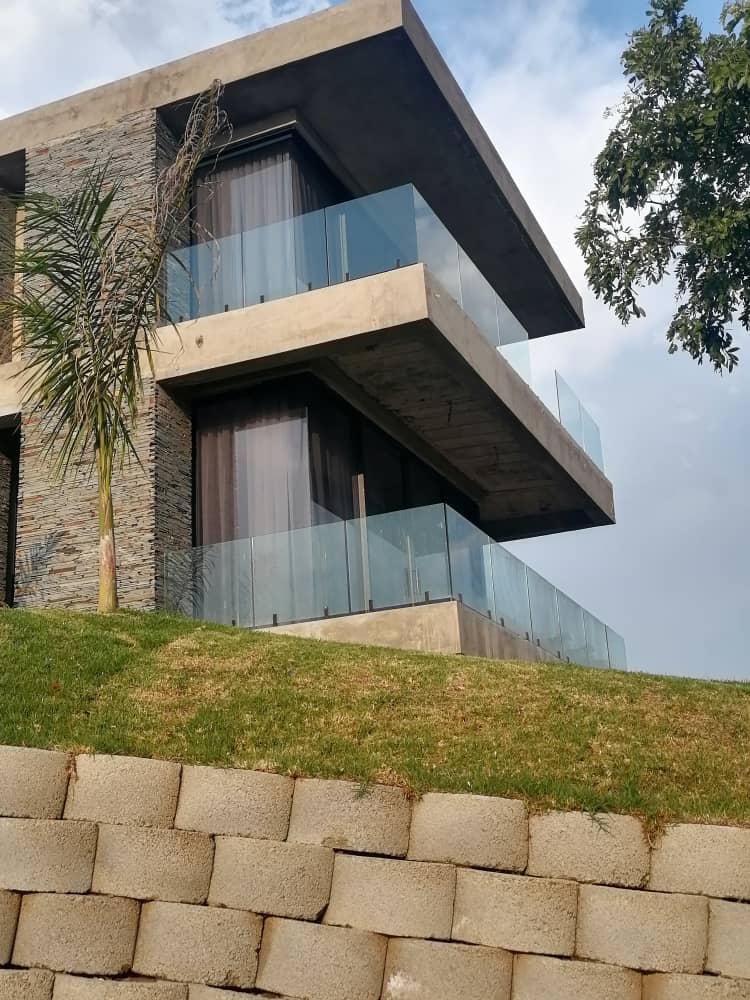In an era where environmental consciousness is gaining momentum, individuals are increasingly seeking sustainable and eco-friendly alternatives to incorporate into their lifestyles. One such avenue for green living is through the use of glass in home design and architecture. Glass, when utilized thoughtfully, not only adds a touch of elegance to spaces but also promotes energy efficiency and environmental sustainability. In this blog post, we will explore various eco-friendly upgrades for your home that involve the use of glass, turning your living space into a beacon of sustainability.
- Energy-Efficient Windows:
The installation of energy-efficient windows is a fundamental step towards making your home more eco-friendly. Traditional windows often allow heat to escape during the winter and enter during the summer, leading to increased energy consumption for heating and cooling. Energy-efficient windows, made with double or triple panes and Low-E coatings, act as insulators, preventing heat transfer and maintaining a comfortable temperature inside the house. This not only reduces your energy bills but also minimizes your carbon footprint.
- Solar Panels and Glass Integration:
Harnessing solar power is a significant stride towards a greener lifestyle. Integrating solar panels with glass elements can be a stylish and effective way to generate clean energy. Photovoltaic glass, commonly known as solar glass, can be incorporated into windows, skylights, or even glass walls. These installations allow natural light to flood your space while simultaneously converting sunlight into electricity. By embracing this innovative technology, you contribute to sustainable energy production and decrease reliance on traditional power sources.
- Greenhouses and Indoor Gardens:
Bring the outdoors inside by incorporating glass structures like greenhouses or indoor gardens into your home. These additions not only enhance the aesthetic appeal of your living space but also provide a sustainable way to grow your own fruits, vegetables, and herbs. The transparent walls of a greenhouse allow sunlight to penetrate and nurture your plants, reducing the need for artificial lighting. This eco-friendly upgrade not only promotes a healthier lifestyle through fresh produce but also reduces your carbon footprint by minimizing the transportation of store-bought goods.
- Recycled Glass Countertops and Tiles:
When it comes to sustainable kitchen and bathroom design, recycled glass countertops and tiles are excellent choices. These materials are made from recycled glass bottles and jars, diverting waste from landfills and reducing the need for new raw materials. Recycled glass countertops are durable, heat-resistant, and come in a variety of colors and designs, adding a unique touch to your home. By choosing recycled glass products, you contribute to the circular economy and promote responsible consumption.
- Glass Bottle Walls and Dividers:
Repurposing glass bottles into architectural elements is a creative and eco-friendly way to add character to your home. Consider using glass bottles as building blocks for walls or dividers. When arranged strategically, these colorful bottles create stunning visual effects while allowing natural light to filter through. This DIY approach not only minimizes waste but also adds a personal touch to your living space. Encourage creativity and community involvement by collecting bottles from friends and neighbors, turning it into a collaborative effort.
- Energy-Efficient Glass Doors:
Upgrading to energy-efficient glass doors can significantly impact your home’s overall energy consumption. By choosing doors with double or triple glazing, Low-E coatings, and proper insulation, you can minimize heat loss or gain, contributing to a more comfortable and energy-efficient living environment. Additionally, glass doors with high thermal performance often have improved sound insulation properties, creating a quieter and more serene indoor atmosphere.
- Daylight Harvesting and Smart Glass:
Daylight harvesting is a sustainable design strategy that maximizes the use of natural light to illuminate indoor spaces. Incorporating smart glass into your home allows you to control the transparency of windows or partitions, optimizing the amount of natural light entering your living spaces. Smart glass utilizes advanced technology to respond to external conditions, adjusting its opacity to regulate heat and glare. By reducing the reliance on artificial lighting, you save energy and create a healthier indoor environment.
- Glass Furniture and Decor:
Opting for glass furniture and decor items can be both stylish and environmentally friendly. Glass tables, shelves, and decorative pieces contribute to an open and airy feel in your home. Choose recycled or upcycled glass for these items to minimize the environmental impact. Additionally, glass furniture is versatile and timeless, making it a sustainable choice that can withstand changing design trends, reducing the need for frequent replacements.
Conclusion:
Incorporating glass into your home design is not just about aesthetics but also about embracing a sustainable and eco-friendly lifestyle. From energy-efficient windows to recycled glass countertops, each choice you make has the potential to reduce your environmental footprint and create a healthier living space. By investing in green living with glass, you contribute to a more sustainable future while enjoying the benefits of a comfortable, well-lit, and visually appealing home. Embrace the possibilities of eco-friendly upgrades, and let your home shine as a beacon of sustainability.
